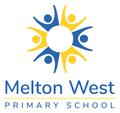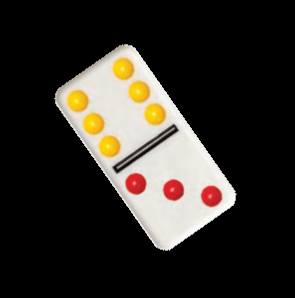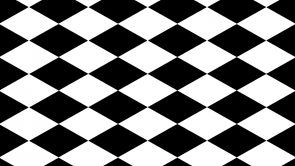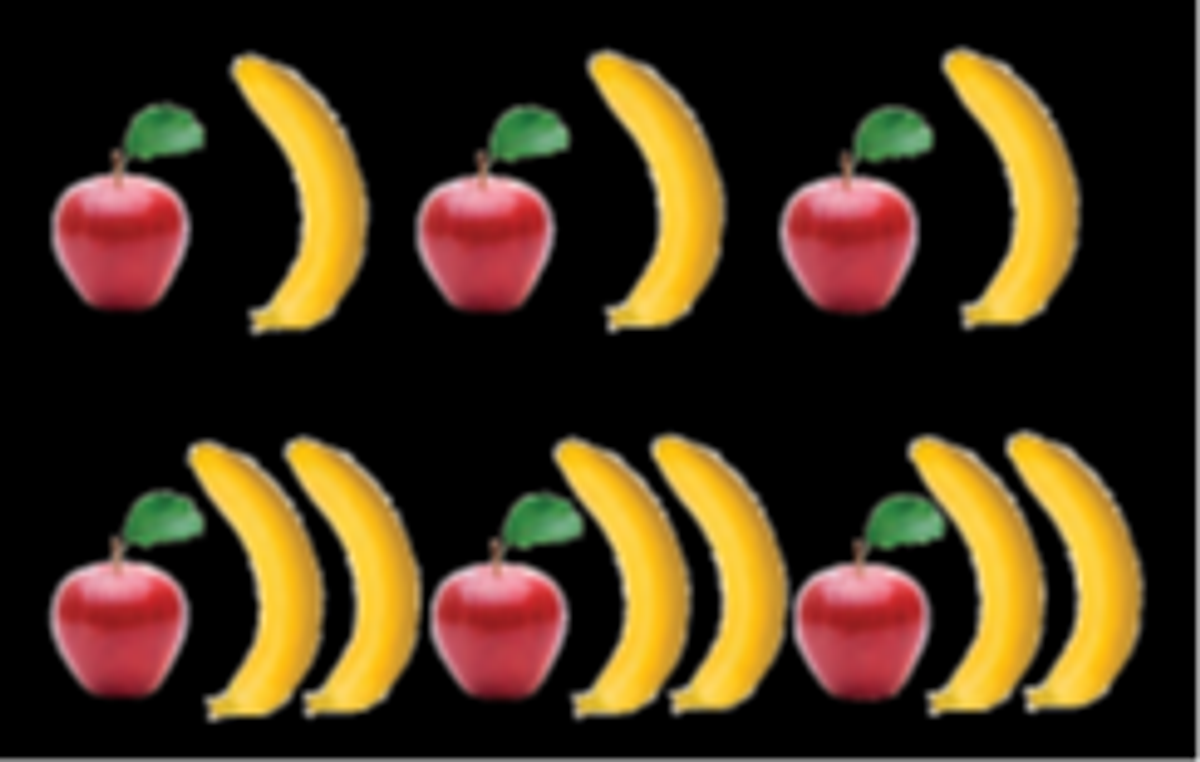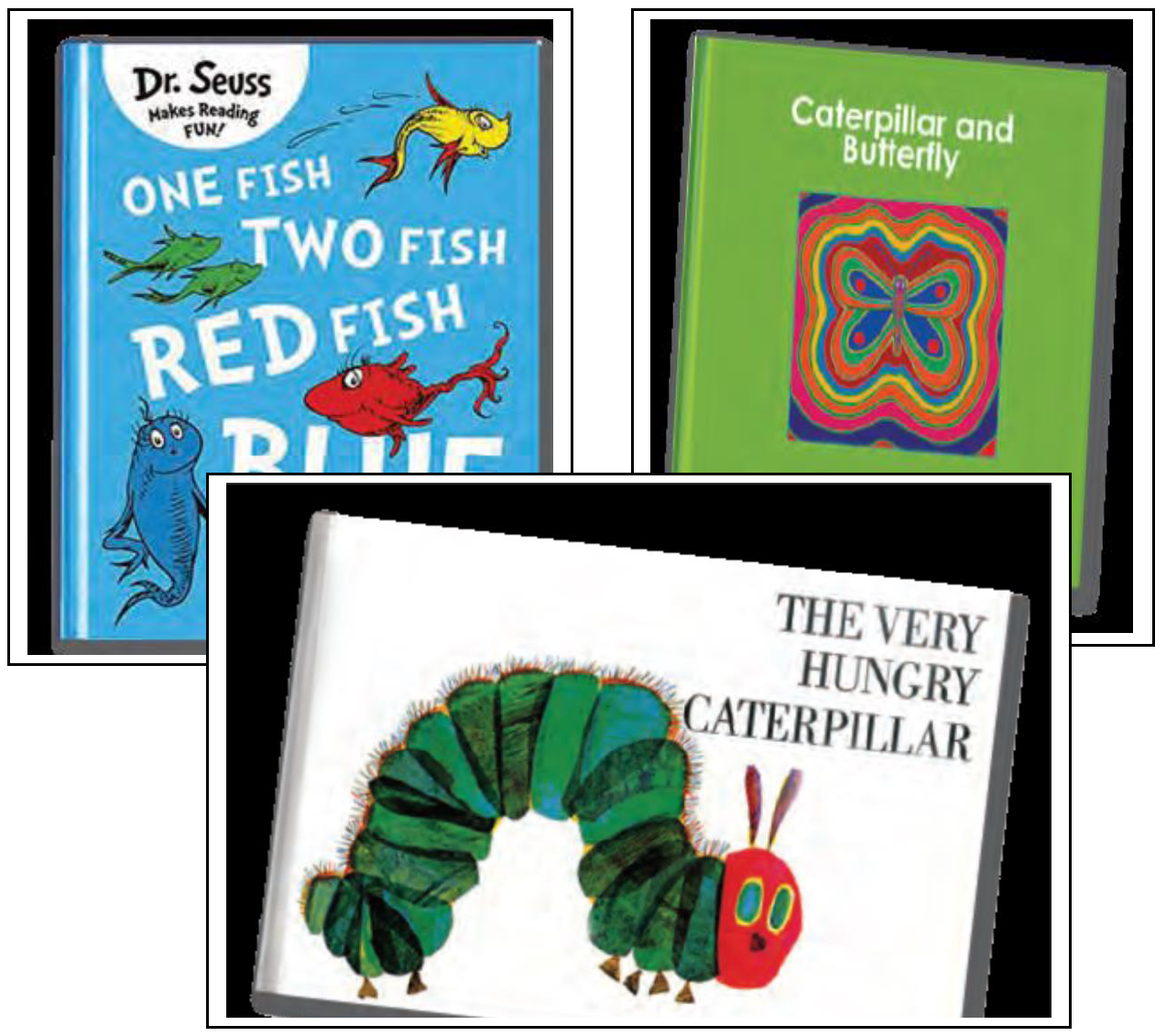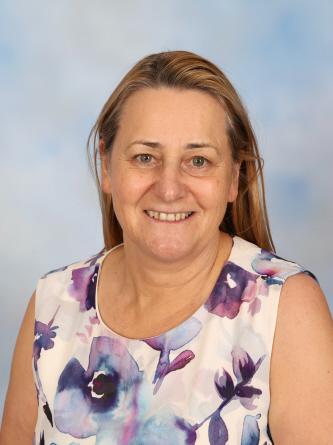Numeracy Report
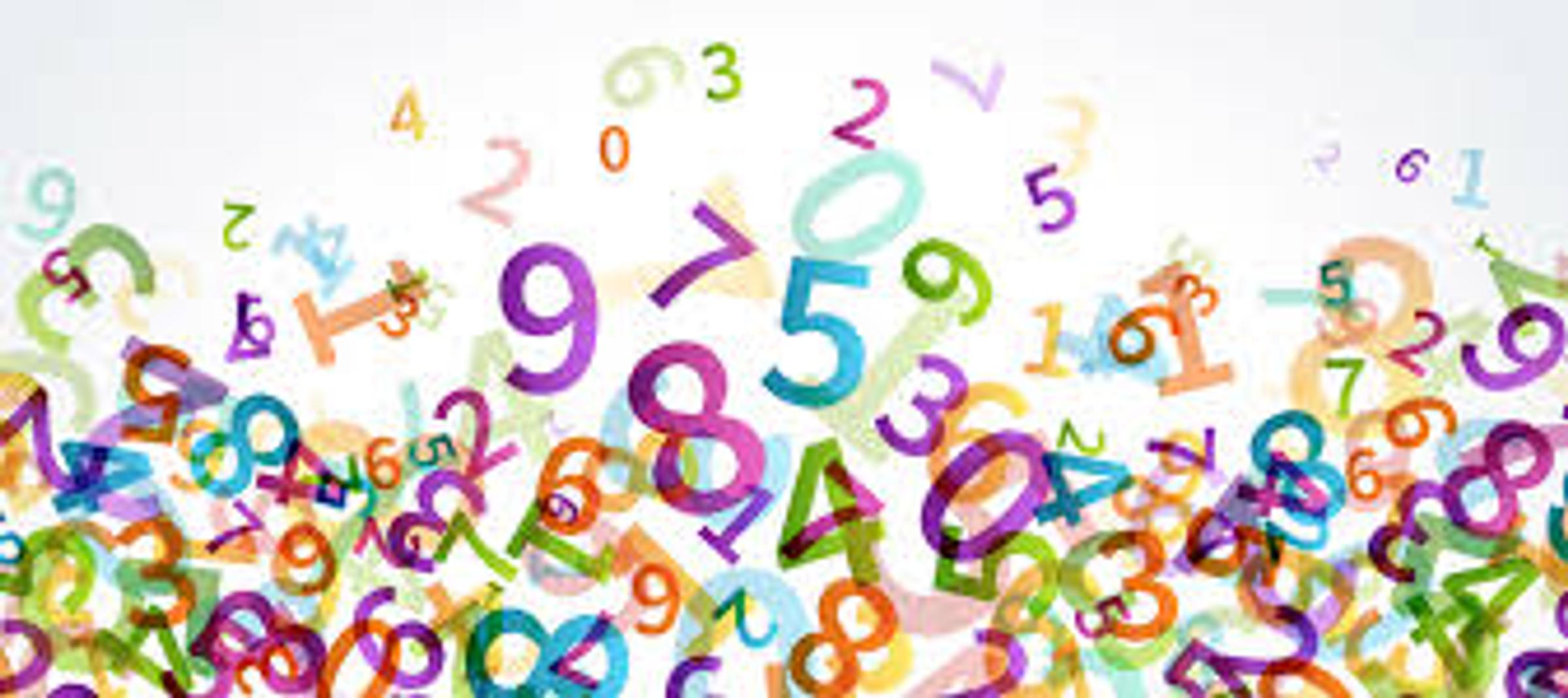
DOING MATHS TOGETHER AT HOME - Pattern
Recent research has found that young children's ability to spot mathematical patterns can predict mathematical achievement. Pattern is fundamental to our understanding of the world; it is an important element in every mathematics curriculum.
Patterns are the foundation of numeracy skills. Without a solid understanding of patterns learners may not understand numbers. Our number system is a pattern that is based on the multiplication of ten. Ten is ten times bigger than one, one hundred is ten times bigger than ten etc. Skip counting at the early grades develop into understanding the patterns of multiplication tables. When a child skip counts they understand they must miss a certain number of numbers, for example skip counting by three they essentially are skipping two numbers in between the multiple of three. The hundreds chart is a visual representation of patterns.
Identifying and creating patterns
A pattern is a repeated set. It can be made from shapes, sounds, numbers or objects.
Children can learn to recognise, identify, create, copy and continue patterns through daily activities.
Words to use
repeat, continue, create, identify,, describe, pattern
Recognise and identify patterns
- Identify patterns such as on wrapping paper, bathroom tiles and driveways. Talk about the different patterns and what makes it a pattern.
- Talk about patterns. Ask questions such as, "Why is it a pattern?" "What makes this a pattern?" "How can you continue this pattern?"
- Play games with cards, dominoes or dice to help your child recognise patterns.
Copying patterns
- Play clapping games where you clap a pattern and your child repeats the pattern. Ask your child to clap a pattern that you repeat.
- Set the table together for a meal using a pattern such as plate and spoon, plate and spoon, plate and spoon.
Creating patterns
- Create patterns with everyday items like toys and fruit.
- Start with simple patterns and then create harder patterns such as one apple, two bananas, one apple, two bananas, one apple, two bananas.
Picture Books
Taken from Attrib © State of New South Wales (Department of Education), 2020.
Kind regards,
Jennifer O’Connor
Assistant Principal
